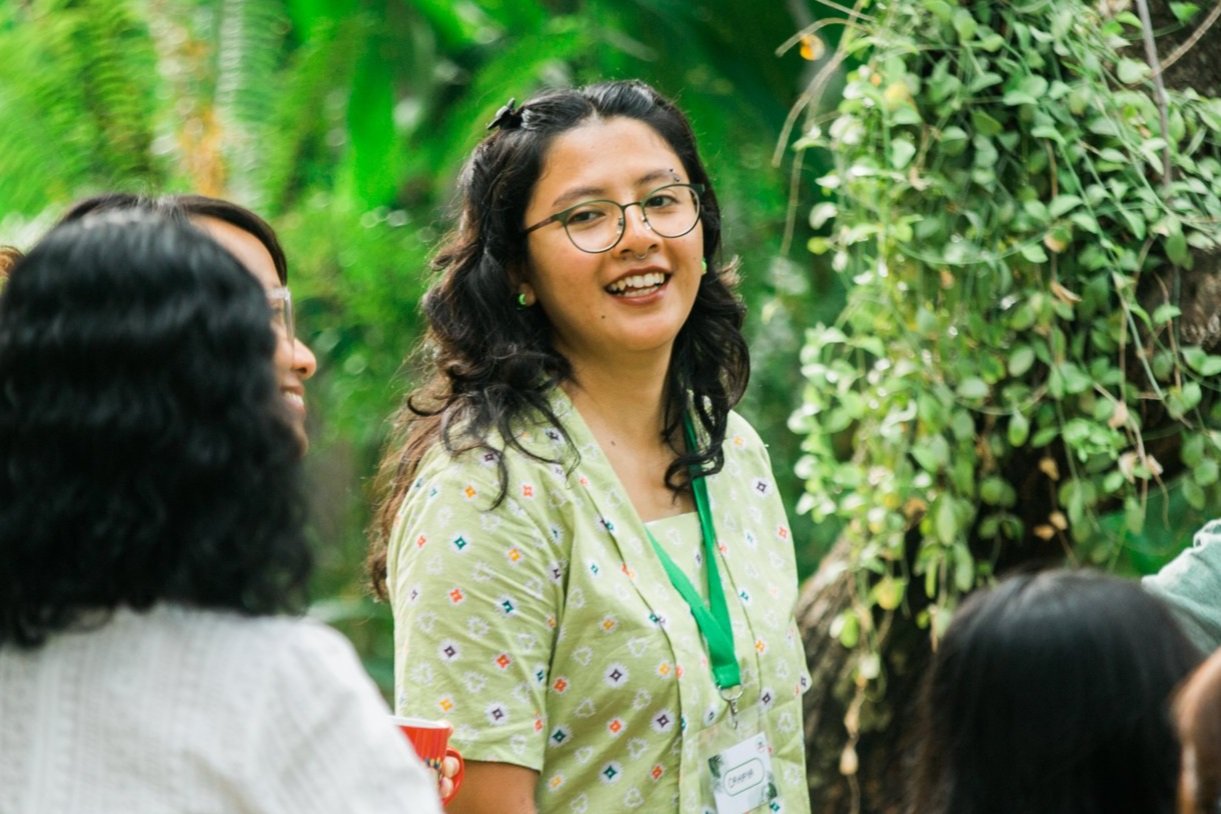Collaborating for conservation:
Working together to save species
Investing in the people that will save species
The Asian Species Action Partnership (ASAP) is dedicated to catalysing and accelerating conservation action for the most threatened species in Southeast Asia. Our mission is clear: to ensure a future where wildlife thrives alongside people. As a dynamic network of over 200 organisations, we're committed to fostering collaboration to preserve the rich tapestry of life in this diverse region.

OUR IMPACT
60 SPECIES
supported with direct funding
OVER 200 PARTNERS
across 30 countries around the World
USD 700,000
given in conservation grants
MORE THAN 40
conservationists supported with training
OUR LATEST
-

Meet the team
Meet ASAP’s Secretariat and Governing Council to see who is behind the supportive Partnership
-
NOW Leaders
Hear from the 2024 NOW Leaders in a video from their inspiring graduation event
-

A strategy for people and species
ASAP launches ambitious strategy for 2024-2030 and beyond









